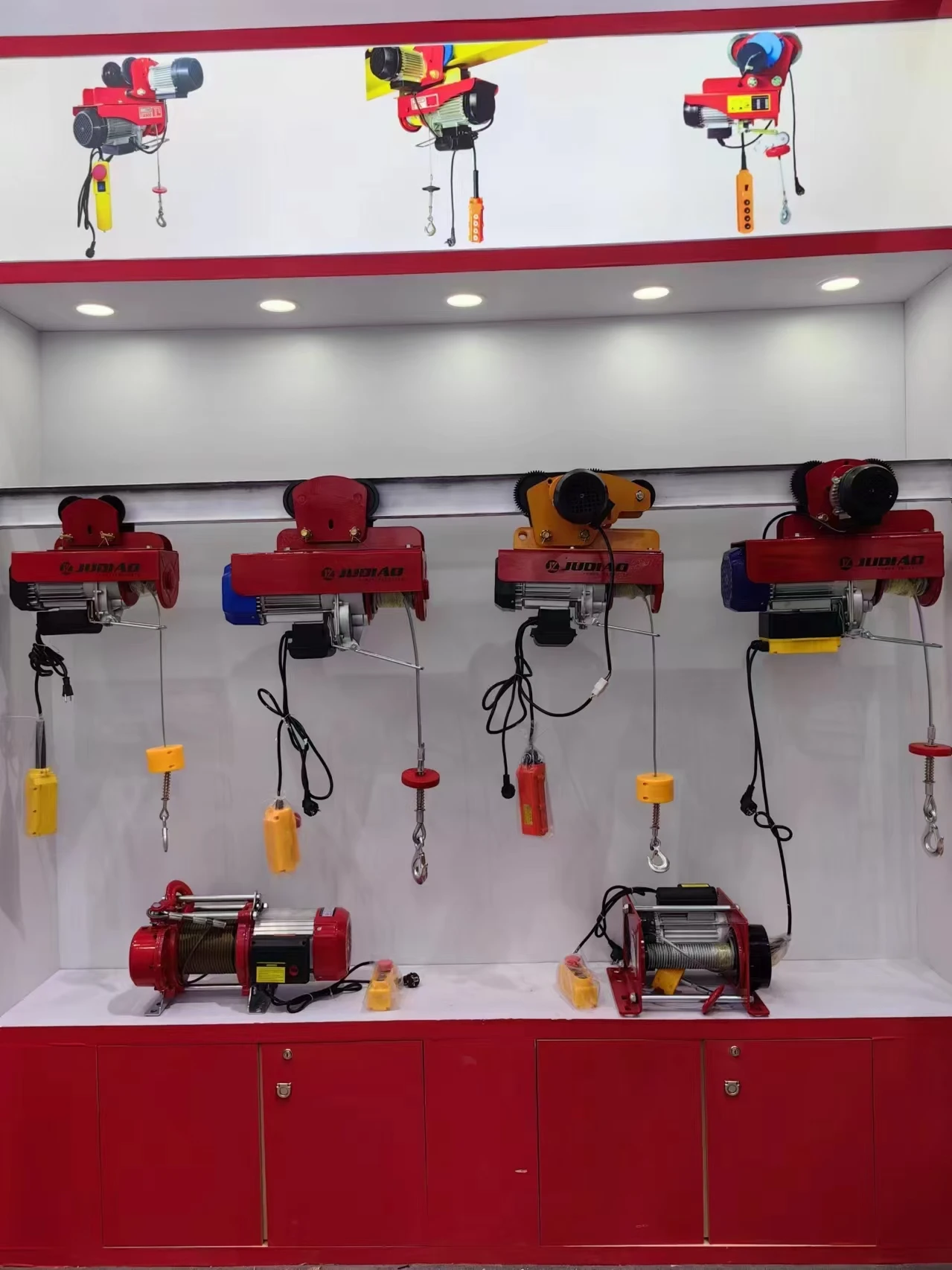


Understanding the Factors Influencing Lever Hoist Prices
Lever hoists, also known as chain hoists or lever chain hoists, are essential tools in various industries for lifting heavy loads manually. These devices are widely used in construction, manufacturing, shipping, and even in garages for auto repairs. As with any other piece of industrial equipment, the prices of lever hoists can vary significantly based on several factors. In this article, we will explore the various aspects that influence the pricing of lever hoists and provide insights for consumers looking to make a purchase.
1. Quality and Brand Reputation
One of the primary factors that affect the price of lever hoists is the quality of the product and the reputation of the brand manufacturing it. Established brands often command higher prices because they have a history of reliability and durability. High-quality materials and strict manufacturing standards contribute to the overall effectiveness and safety of the hoists, justifying their price tags. Before making a purchase, it is essential to research various brands and read reviews to ensure that you are investing in a reputable product.
2. Load Capacity
Lever hoists come in various load capacities, typically ranging from a few hundred kilograms to several tons. The load capacity often impacts the price significantly. For instance, a lever hoist designed to lift 500 kg will generally cost less than a model that can handle 5,000 kg or more. Consumers must assess their specific lifting needs to determine the appropriate load capacity, which also helps in finding a hoist that fits their budget.
3. Material and Construction
The materials used in the construction of lever hoists play a crucial role in determining their price. Models made from high-grade steel or aluminum tend to be more expensive due to their strength and durability. Additionally, hoists that feature corrosion-resistant coatings can also have a higher price point, as these finishes extend the lifespan of the product, especially in harsh environments. Therefore, it is prudent to consider the operating conditions when choosing a hoist, as a more durable model may be more cost-effective in the long run.
4. Features and Technology

Modern lever hoists increasingly come equipped with advanced features and technologies that enhance their usability and safety. Such features can include automatic brakes, enhanced ergonomic designs, and integrated safety controls. While these added functionalities may increase the initial cost, they can contribute to greater efficiency and reduced risk of accidents during lifting operations. Buyers should weigh the pros and cons of such features against their specific requirements and budget constraints.
5. Certification and Standards Compliance
Safety is a paramount concern when dealing with lifting equipment. In many countries, lever hoists are required to meet specific safety standards and regulations before they can be sold. Products that are certified by recognized organizations or that comply with industry standards typically have a higher price due to the rigorous testing and quality assurance processes they undergo. It is essential for consumers to choose lever hoists that not only fit their budget but also provide safety assurances.
6. Market Trends and Availability
The prices of lever hoists can also be influenced by market trends and availability. Changes in demand, fluctuations in raw material prices, or economic conditions can lead to price increases or reductions. For instance, during periods of high construction activity, the demand for lever hoists may spike, causing suppliers to raise prices. On the other hand, a surplus of supply or a downturn in the industry often results in lower prices. Staying informed about market trends can help consumers make informed purchasing decisions.
7. Purchase Options New vs. Used
Finally, buyers can consider purchasing new or used lever hoists. While new hoists come with warranties and the latest features, used hoists can present significant savings. However, purchasing used equipment carries the risk of shortened lifespan or hidden flaws, necessitating careful inspection and research. Understanding the trade-offs between new and used options can help consumers find a solution that meets both their needs and budget.
Conclusion
In conclusion, lever hoist prices are influenced by a multitude of factors, including quality, load capacity, materials, features, certifications, market trends, and whether the product is new or used. By carefully considering these elements and conducting thorough research, consumers can make informed decisions to secure the best lever hoist for their specific requirements and budgets. Ultimately, the investment in a quality lever hoist will not only enhance efficiency but also ensure safe operations across various applications.



